Cooking rice porridge, often referred to simply as porridge or rice gruel, is a timeless culinary art that transcends cultural boundaries. From Asian kitchens where it’s a staple breakfast food to European and African traditions where it’s enjoyed as a comforting meal, rice porridge holds a special place in many hearts. However, mastering the art of cooking rice porridge can be challenging, especially for those unfamiliar with the subtle cues that indicate when the dish is perfectly cooked. This article delves into the intricacies of preparing rice porridge and provides comprehensive guidance on how to determine if your porridge has reached its optimal texture and flavor.
Understanding the Basics of Rice Porridge
Before diving into the specifics of judging doneness, it’s crucial to understand the fundamental principles behind cooking rice porridge. Essentially, rice porridge is a watery gruel made by boiling rice in a large quantity of water or milk, sometimes with additional ingredients like salt, sugar, or spices for flavor. The type of rice used (long-grain, short-grain, or broken rice) and the cooking liquid (water, milk, or a combination) can significantly affect the final consistency and taste.
Ingredients and Preparation
-
Rice Selection: The type of rice you choose will influence the texture of your porridge. Long-grain rice tends to produce a lighter, less sticky porridge, while short-grain or broken rice results in a creamier, thicker consistency.
-
Liquid Ratio: The ratio of rice to liquid is crucial. Generally, for a standard porridge consistency, a 1:4 or 1:5 ratio of rice to water or milk is recommended. However, this can be adjusted based on personal preference for thicker or thinner gruel.
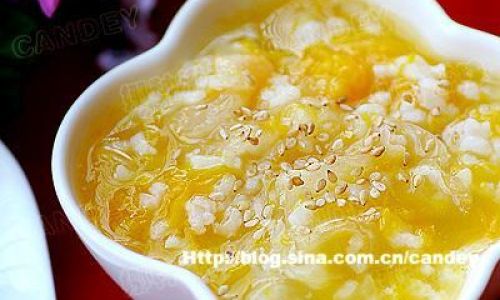
-
Seasoning and Flavorings: Salt, sugar, and spices like cinnamon or vanilla can be added to enhance the taste. For savory versions, herbs and vegetables like onions, carrots, or celery might be included.
-
Cooking Equipment: A heavy-bottomed pot or saucepan is ideal for cooking porridge as it distributes heat evenly, preventing scorching. A wooden spoon or ladle is useful for stirring.
The Cooking Process
-
Rinsing the Rice: Begin by rinsing the rice under cold running water to remove any excess starch, which can make the porridge too gluey.
-
Boiling the Liquid: In a pot, bring the water or milk (and any additional cooking liquid) to a rolling boil.
-
Adding the Rice: Once the liquid is boiling, add the rinsed rice. Stir immediately to prevent the rice from sticking to the bottom of the pot.
-
Simmering: Reduce the heat to low or medium-low and let the porridge simmer gently. Stir occasionally to ensure even cooking and prevent sticking.
-
Adjusting Consistency: As the rice absorbs the liquid, the porridge will thicken. If it becomes too thick, you can add more liquid. Conversely, if it’s too thin, continue simmering until it reaches your desired consistency.

Determining Doneness: Key Indicators
Now, let’s delve into the core of this article: how to determine if your rice porridge is perfectly cooked. There are several key indicators to look for:
-
Texture of the Rice: The most obvious sign of doneness is the texture of the rice grains. Fully cooked rice should be tender and soft, with no hard centers. If you bite into a grain, it should easily mash between your teeth without resistance.
-
Consistency of the Porridge: The consistency of the porridge should be smooth and uniform, with no lumps of uncooked rice. It should have a creamy texture if you’ve used short-grain or broken rice, or a lighter, more watery consistency if you’ve used long-grain rice.
-
Appearance: Visually, cooked rice porridge should have a uniform color, usually a light beige or creamy white, depending on the type of rice and cooking liquid used. Overcooked porridge may appear darker or more murky due to excess starch being released.
-
Taste: Taste a small spoonful of the porridge. It should be flavorful and well-seasoned, with no raw rice taste. If you’ve added sweeteners or spices, they should be evenly distributed and noticeable.
-
Temperature: Ensure the porridge has reached a safe eating temperature. While simmering, the porridge should maintain a gentle boil or bubble gently. Once cooked, it should be hot throughout.
-
Volume Reduction: As a general rule, the volume of the porridge will reduce as the rice absorbs the liquid. This reduction is an indirect indicator of doneness. Typically, you’ll notice the porridge becoming thicker and more concentrated as it cooks.
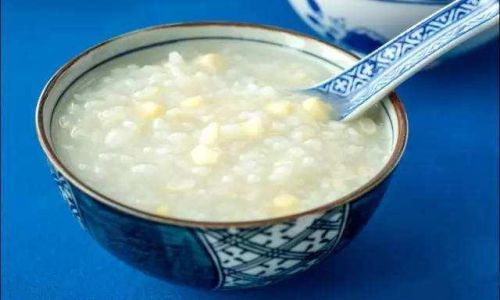
Advanced Techniques and Tips
-
Stirring: Regular stirring not only prevents sticking but also ensures even cooking. Stir gently to avoid breaking the rice grains, which can make the porridge too thick.
-
Using a Thermometer: For those who prefer precision, using a food thermometer can be helpful. The internal temperature of the porridge should be around 165°F (75°C) to ensure it’s safe to eat.
-
Testing for Doneness: Periodically taste a small amount of the porridge to check for doneness. This allows you to catch any issues early, such as overcooking or undercooking.
-
Resting: Once cooked, let the porridge rest for a few minutes off the heat. This allows the rice to continue absorbing any remaining liquid and the flavors to meld together.
-
Storage and Reheating: If you’re not serving the porridge immediately, store it in an airtight container in the refrigerator. When reheating, do so gently to avoid drying out the porridge or making it too thick.
Conclusion
Cooking rice porridge may seem like a simple task, but achieving the perfect balance of texture, flavor, and consistency requires attention to detail and an understanding of the cooking process. By monitoring the texture of the rice, the consistency of the porridge, its appearance, taste, temperature, and volume reduction, you can confidently determine when your rice porridge is perfectly cooked. With practice and patience, you’ll soon master the art of making this comforting, nutritious dish that’s sure to delight your taste buds and warm your soul. Whether enjoyed as a breakfast staple or a comforting evening meal, rice porridge offers a versatile and delicious way to nourish your body and soul.
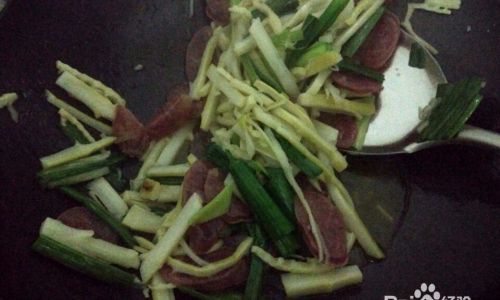

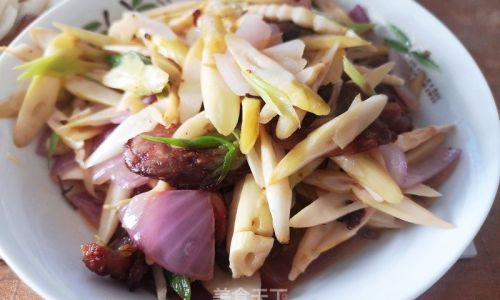

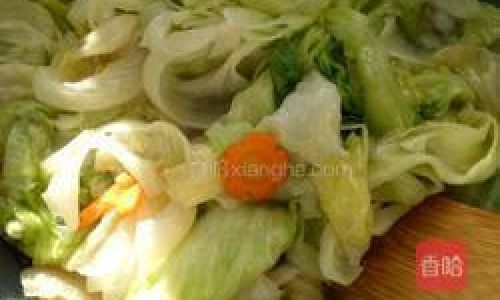

0 comments